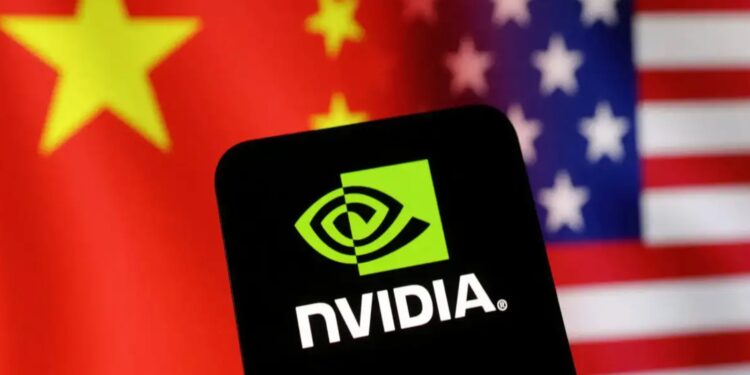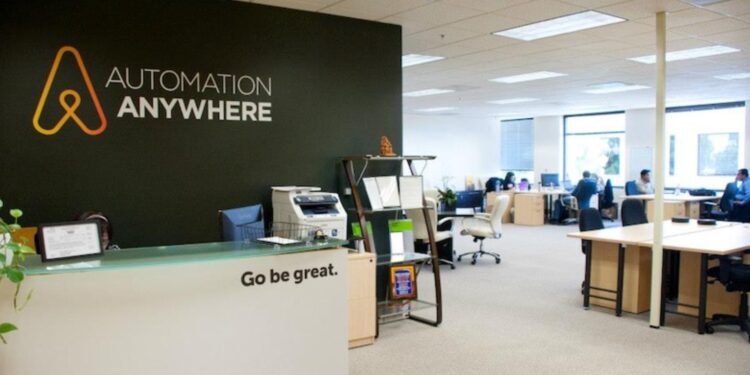Nvidia’s doing such great work in AI hardware that the continued disturbing US ban on the sale of advanced AI chips to China can prove to be an obstacle the company will have to deal with.
Bleeding revenue and with geopolitics just getting started, Nvidia is doing gymnastics – a cartwheel through a crow that sort of move - to greedily keep its critical toehold in the Chinese market while still ostensibly respecting US export rules.
The most recent version of those restrictions, aimed heavily at chips such as Nvidia’s H20, has led the company to take a colossal $4.5 billion inventory write-down for stock it’s no longer able to sell or re-use.
This is following China, a market that represented 13% of Nvidia’s revenue, witness its market share for Nvidia GPUs fall from 95% to 50%.
In rebuttal, Nvidia is tactically positioning to release “China-compliant” flavors of its next-generation AI chips. The most recent example is the B30 chip, a low-end Blackwell without US export control material.
This chip is also likely to use GDDR7 memory rather than the HBM with which it was originally designed, and likely not do advanced packaging tricks, which will further hamper its performance on the wrong side of the regulations.
Despite the trade-offs, Nvidia is working to manufacture more than one million B30 chips this year, showing a determination to continue to cater to Chinese customers.
They are not unknown, as Nvidia CEO Jensen Huang has already admitted that with additional changes to the Hopper architecture (which powers the banned H20) are off the table.
He has also expressed fears that the curbs will serve to only further China domestic AI chip development — a move that could in the long run imperil US tech leadership.
In fact, Chinese rivals like Huawei and its Ascend series are already far ahead of Nvidia in this market, taking advantage of the vacuum left by Nvidia with its limited range of options.
As well as creating compliant chips, Nvidia is looking to expand its market offering, while creating partnerships in burgeoning AI markets like the Middle East.
Partnerships or research centers in places including Saudi Arabia and the U.A.E. aim to lay the groundwork for new regional AI powerhouses and supercomputing centers in addition to Nvidia’s growing global footprint.
The company is also considering alternatives such as NVLink Fusion, which would permit the combination of Nvidia technology with chips from other companies for more flexible AI system configurations.
But this is a risky tight-rope to walk. Investigators must invest in R&D for each new compliant chip, with no promise of sustainable regulatory approval.
The prospect of volatile domestic politics means their investments can be a sudden waste of money. For all this, Nvidia said it’s resolute to navigate the murky waters of trade, trying to weave between compliance and a continued fostering of the market and innovation.
















